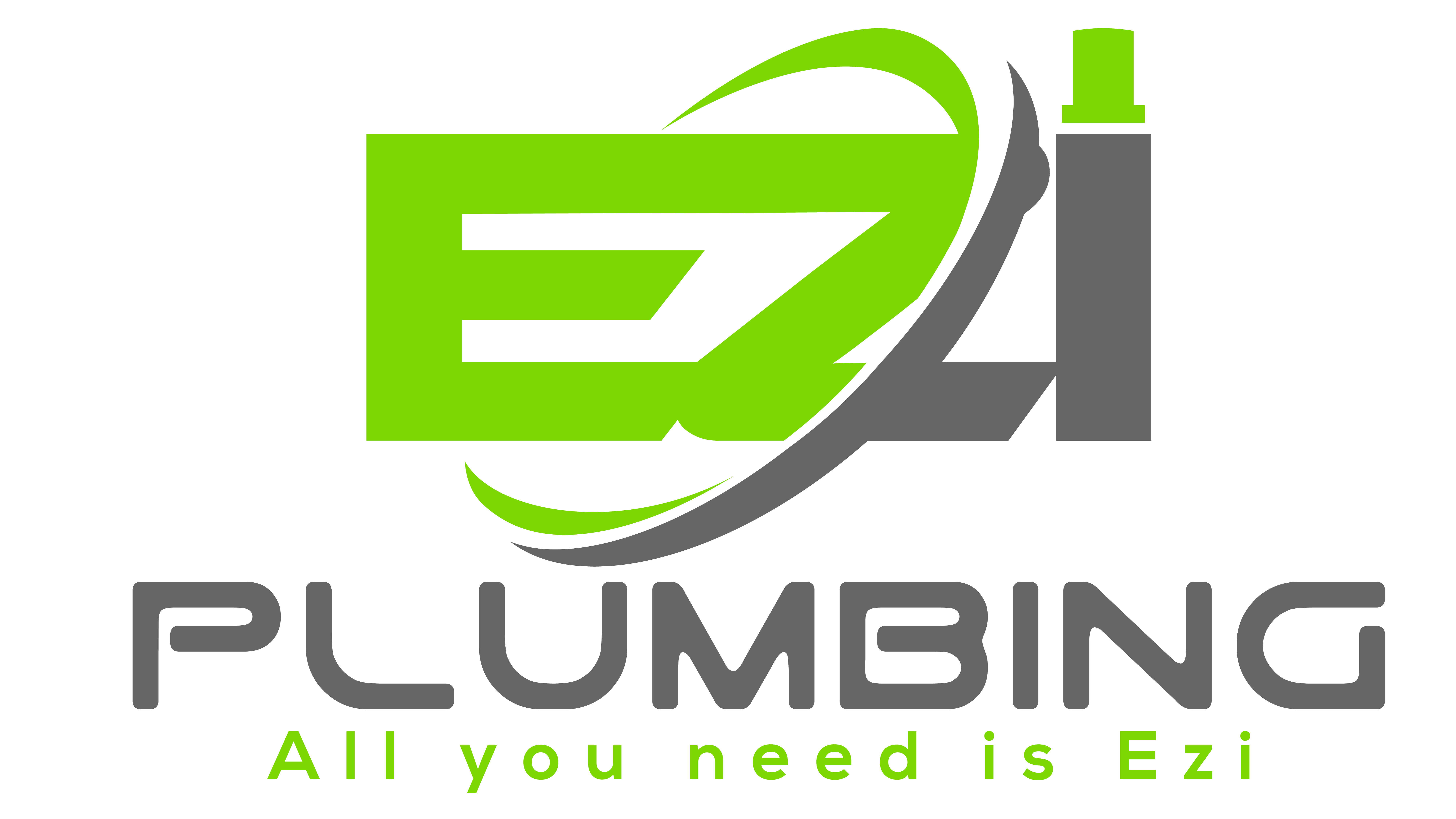Are you tired of hearing that constant drip-drip sound from your cistern? Or maybe your toilet doesn’t flush properly, leaving you feeling frustrated and annoyed. Whatever the issue, it’s essential to address it quickly before it becomes a bigger problem. In this blog post, we will cover everything you need to know about troubleshooting cistern issues. From identifying common problems and their solutions to how to handle a loose or stuck flush handle and expert tips for installing a new cistern. We will also provide you with some necessary preparations before commencing cistern repairs, including safety measures to consider and the necessary tools for repairs. Finally, we’ll highlight when it’s time to hire a professional for cistern repairs so that you can make an informed decision.
Preparations Before Commencing Cistern Repairs
Before starting cistern repairs, it is important to take some necessary preparations. Begin by checking the water supply valve to ensure proper functioning. Next, turn off the water supply to the cistern to prevent any accidents or water damage during repairs. To empty the toilet tank, flush it and use a sponge or towel to soak up any remaining water. Make sure you have all the necessary tools, such as pliers, screwdrivers, and washers, within reach. Additionally, ensure that the toilet seat is securely in place and can be safely lifted. These preparations will help you tackle common toilet issues effectively.
Necessary Tools for Cistern Repairs
When it comes to troubleshooting cistern issues, having the necessary tools on hand is essential. Common tools required for cistern repairs include pliers, screwdrivers, and washers. In certain cases, you may need to replace a toilet fill valve, flush valve, or wax seal. For tackling specific repairs, a toilet plunger and plumber’s tape might be necessary. Additionally, adjustments or replacements of a float cup, refill tube, and lift chain may be needed. It’s also a good idea to have caulk, shims, and washers readily available for any repairs that require sealing or leveling. Remember, these tools can help resolve most common toilet problems without the need for professional assistance.

Safety Measures to Consider
Before beginning any repairs on your cistern, it is important to take some safety measures into consideration. Start by turning off the water supply valve and flushing the toilet to empty the tank. Always remember to exercise caution when handling plumbing parts, as they may be sharp or rusted. It is advisable to wear gloves to protect your hands from potential cuts or contamination. Additionally, avoid using excessive force during repairs to prevent any damage to the cistern or toilet bowl. If you are unsure about the repairs, it is always a good idea to consult a professional plumber for assistance.
Identifying Common Cistern Problems and Their Solutions
If you notice a continuous running of water in the cistern, it may be an indication of a problem with the fill valve or flapper. Leakage issues in the cistern could arise from a faulty flush valve, fill valve, or wax seal. Inadequate water level in the toilet bowl might be caused by a problem with the fill valve, float arm, or overflow tube. On the other hand, if the cistern doesn’t refill after flushing, there might be an issue with the fill valve, float cup, or refill tube. Finally, a loose or stuck flush handle can often be resolved by simply tightening the handle or replacing the lift chain.
Continuous Running of Water in the Cistern
To troubleshoot continuous running of water in the cistern, there are several steps you can take. Firstly, check the flapper to ensure proper positioning and a tight seal. Next, adjust the water level by adjusting the float arm or float cup. It’s also important to inspect the fill valve for any potential clogs or malfunctions. Additionally, make sure the refill tube is properly connected and not blocked. If the problem persists, consider replacing the flapper, fill valve, or float cup. By following these steps, you can address the issue of continuous running water in your cistern efficiently and effectively.
Leakage Issues in the Cistern
To identify leakage issues in the cistern, it’s important to inspect the flush valve, fill valve, and wax seal for damage or wear. Tightening the connections between the cistern and toilet bowl can also prevent leaks. If needed, replace any faulty valves or seals. Check for cracks or leaks in the cistern as well. For complex repairs or persistent leaks, consult a professional plumber specializing in toilet repairs. They have the expertise to effectively resolve the issue.
Inadequate Water Level in the Toilet Bowl
To troubleshoot inadequate water level in the toilet bowl, there are a few steps you can take. First, adjust the float arm or float cup to increase the water level. This can help ensure that the proper amount of water is being released into the bowl. Next, check the overflow tube for any clogs or blockages. If this tube is obstructed, it can affect the water level in the bowl. Inspect the fill valve for proper functioning and ensure that the refill tube is properly connected and not blocked. If the problem persists, consider replacing the fill valve or float arm for more reliable operation.
Cistern Doesn’t Refill After Flushing
Before calling a plumber, try troubleshooting if your cistern doesn’t refill after flushing. Clear any clogs or blockages in the fill valve, float cup, and refill tube. Adjust the float arm or cup for the correct water level. Check the lift chain for tangles or obstructions. If needed, replace the fill valve, float cup, or refill tube. If the issue persists or you’re unsure about DIY repairs, consult a professional plumber who specializes in toilet repairs. Persistent issues may require their expertise.
How to Handle a Loose or Stuck Flush Handle?
To handle a loose or stuck flush handle, start by removing the toilet tank lid and checking for any loose screws or connections. Tighten them if necessary. If the handle feels stuck, adjust the lift chain or lift arm. Consider replacing the handle, chain, or arm if the problem persists. Ensure proper alignment with the flush valve for smooth operation.
Steps to Tighten a Loose Flush Handle
To tighten a loose flush handle, start by removing the toilet tank lid and locating the screw heads or hardware holding the handle in place. You can use pliers or a screwdriver to tighten them, ensuring a secure connection. Afterward, test the handle to make sure it’s no longer loose or wobbly. If the handle continues to be loose, consider replacing the screw heads, hardware, or the handle itself. Once you’ve tightened the handle, reinstall the toilet tank lid, ensuring it’s properly aligned and securely attached. These simple steps can help you resolve a loose flush handle issue without the need for professional toilet repairs.
Resolving a Stuck Flush Handle Situation
To troubleshoot a stuck flush handle situation, start by checking for any rust dust or loose screw heads that may be hindering proper operation. Next, examine the lift arm and chain to see if there are any issues causing the handle to get stuck. Adjusting the length of the lift chain can help ensure a smoother flush handle operation. Additionally, lubricating the hinge of the flush handle can prevent sticking. If the problem persists, it may be necessary to replace the old handle with a new one that fits securely. By following these steps, you can resolve a stuck flush handle situation effectively.
Expert Tips for Installing a New Cistern
To ensure a successful installation of a new cistern, start by gathering all the necessary hardware, such as washers, gaskets, and shims. Before proceeding, it’s important to ensure that the cistern is level, using shims if needed, to prevent any potential water level problems. Next, connect the water supply line and valve, making sure to create a tight seal to avoid leaks. Follow the manufacturer’s instructions precisely when installing the fill valve, float arm, and refill tube. Finally, test the cistern’s flush and check for any issues with the water supply or flush valve, making any necessary adjustments along the way.
When Should You Hire a Professional for Cistern Repairs?
If you are dealing with persistent toilet problems and have exhausted all DIY troubleshooting methods, it might be time to call in a professional plumber. Certain issues like sewer line blockages require the skills and expertise of a trained plumber. When it comes to cistern repairs, hiring a professional will ensure an accurate diagnosis and resolution, saving you both time and frustration. Attempting to fix complex plumbing problems on your own can potentially lead to further damage and costly repairs down the line. It’s always better to trust a licensed plumber who has the necessary knowledge, equipment, and experience to get the job done right.
Conclusion
Proper maintenance and timely repairs are vital for the smooth functioning of your cistern. Identifying common issues such as continuous running of water, leakage problems, inadequate water levels, and refill issues can help you troubleshoot and resolve them effectively. Additionally, handling a loose or stuck flush handle requires the right tools and techniques. However, if you’re unsure or lack the necessary skills, it’s always best to hire a professional for cistern repairs. They have the expertise and experience to tackle complex problems and ensure the longevity of your cistern. Remember, investing in professional repairs and expert installations guarantees a reliable and efficient cistern system for years to come.

